Archives
- 2018-07
- 2018-10
- 2018-11
- 2019-04
- 2019-05
- 2019-06
- 2019-07
- 2019-08
- 2019-09
- 2019-10
- 2019-11
- 2019-12
- 2020-01
- 2020-02
- 2020-03
- 2020-04
- 2020-05
- 2020-06
- 2020-07
- 2020-08
- 2020-09
- 2020-10
- 2020-11
- 2020-12
- 2021-01
- 2021-02
- 2021-03
- 2021-04
- 2021-05
- 2021-06
- 2021-07
- 2021-08
- 2021-09
- 2021-10
- 2021-11
- 2021-12
- 2022-01
- 2022-02
- 2022-03
- 2022-04
- 2022-05
- 2022-06
- 2022-07
- 2022-08
- 2022-09
- 2022-10
- 2022-11
- 2022-12
- 2023-01
- 2023-02
- 2023-03
- 2023-04
- 2023-05
- 2023-06
- 2023-07
- 2023-08
- 2023-09
- 2023-10
- 2023-11
- 2023-12
- 2024-01
- 2024-02
- 2024-03
- 2024-04
- 2024-05
- 2024-06
- 2024-07
- 2024-08
- 2024-09
- 2024-10
- 2024-11
- 2024-12
- 2025-01
- 2025-02
- 2025-03
- 2025-09
- 2025-10
-
br Diabetic retinopathy Diabetic retinopathy is
2023-08-24
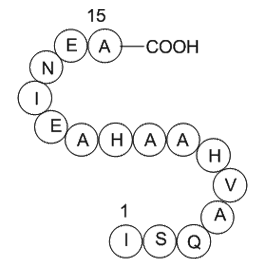
Diabetic retinopathy Diabetic retinopathy is a severe sight-threatening complication associated with diabetes mellitus. It is one of the most common causes of preventable blindness in the world. The risk of developing microvascular diabetic complications increases in diabetic patients with an inc
-
As noted above yeasts particularly S cerevisiae Frey and
2023-08-24
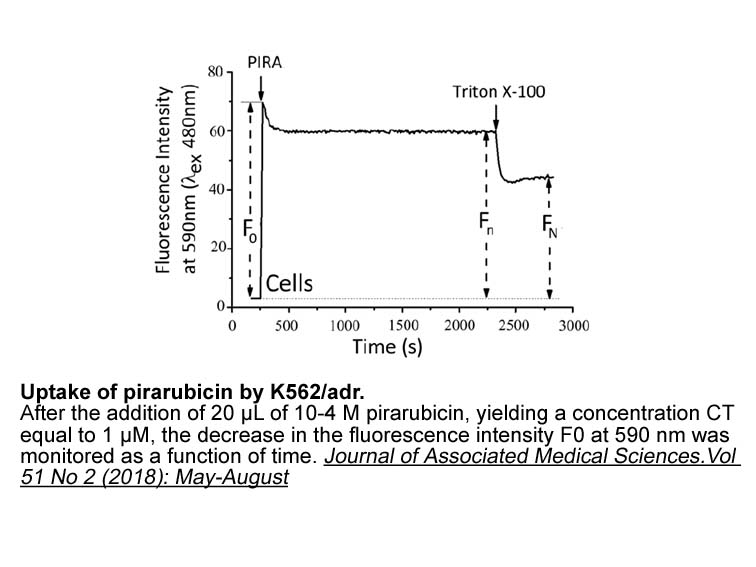
As noted above, yeasts, particularly S. cerevisiae (Frey and Röhm 1978; Trumbly and Bradley 1983), produce APs, but these are intracellular enzymes located in the vacuolar compartment, with the exception of aminopeptidase II. About 40% of aminopeptidase II activity is detected as external enzyme, li
-
In conclusion we identify in this report the molecular natur
2023-08-24
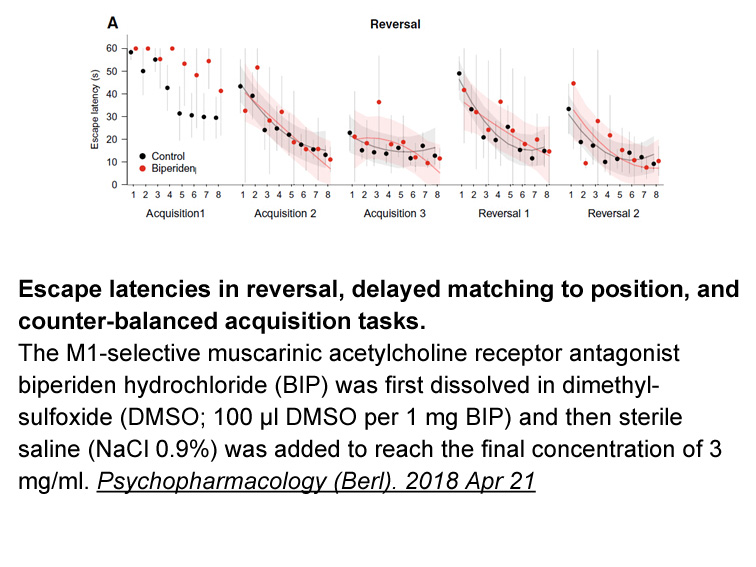
In conclusion, we identify in this report the molecular nature of the 12- and 15-lipoxygenases in M. mulatta and P. pygmaeus and also that the expression of the rhesus enzyme in lung epithelial cells is regulated by interleukin-4. The switch from a mainly 12-LO enzyme to a mainly 15-LO enzyme during
-
br Does TIPARP contribute to the diverse
2023-08-23
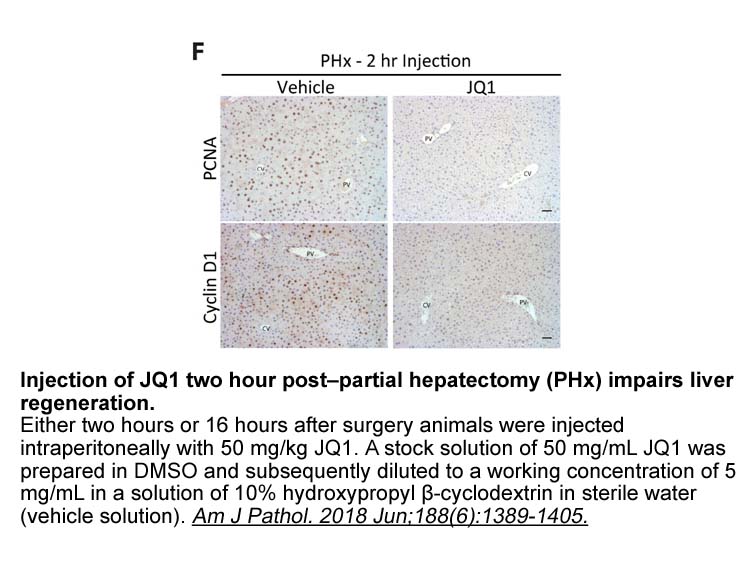
Does TIPARP contribute to the diverse species sensitivity to TCDD toxicity? In chick embryo hepatocytes TIPARP was reported to mediate the TCDD-dependent suppression of hepatic gluconeogenesis, by reducing cellular NAD+ levels and reducing PCK1 expression, suggesting that ADP-ribosylation enhance
-
PKA signalling in the http www
2023-08-23
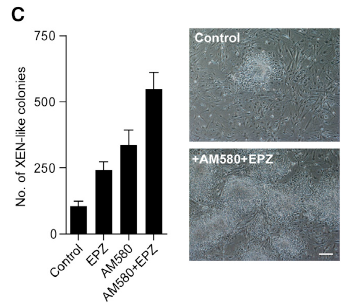
PKA signalling in the nucleus was thought to be due to the translocation of the catalytic subunit upon activation from the Toremifene synthesis to the nucleus via diffusion [72]. However, a new understanding has emerged, as both the regulatory and catalytic subunits have been identified in the nucl
-
Extracellular adenosine acts as a local modulator of cell fu
2023-08-23
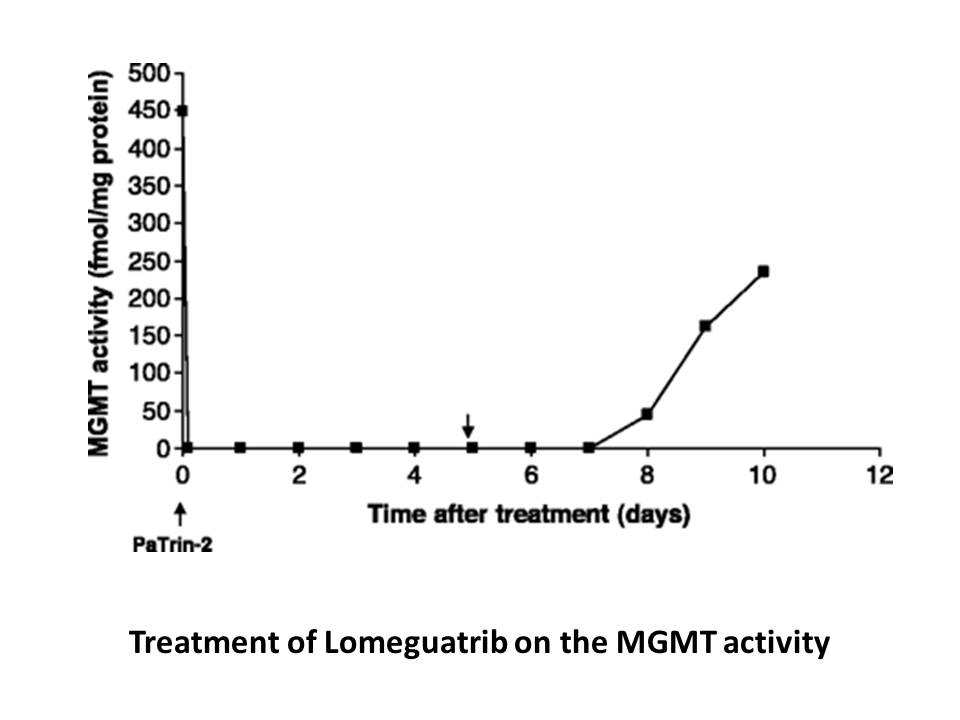
Extracellular adenosine acts as a local modulator of cell function via four adenosine receptor subtypes (A1Rs A2AR, A2BR, and A3R) that are involved in numerous physiological and pathophysiological processes [31]. Each is encoded by a separate gene and has different functions, although with some ove
-
Verapamil HCl br Functional consequences of ADK regulation o
2023-08-23
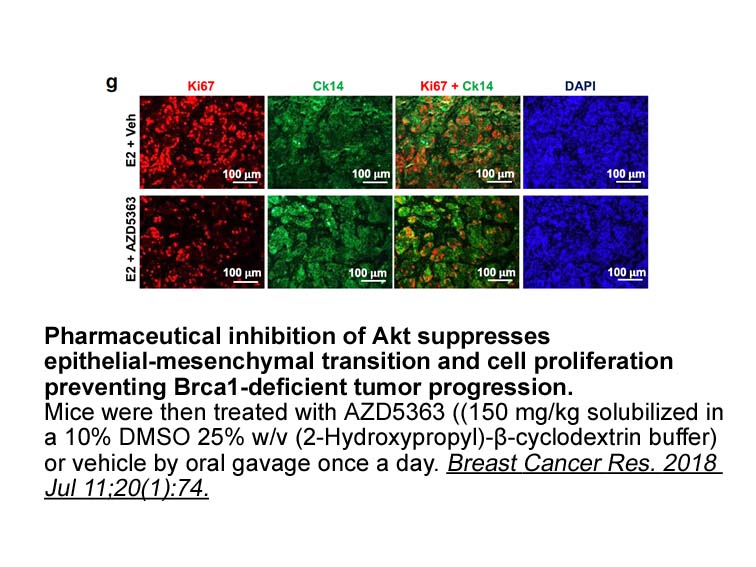
Functional consequences of ADK regulation on astrocyte function As outlined above (see introduction), ADK critically regulates the extracellular adenosine levels in Verapamil HCl (Boison, 2006, Etherington et al., 2009). Changes in the levels of adenosine, as a result of the regulation of ADK ex
-
Structure activity relationships biochemical metabolic
2023-08-23
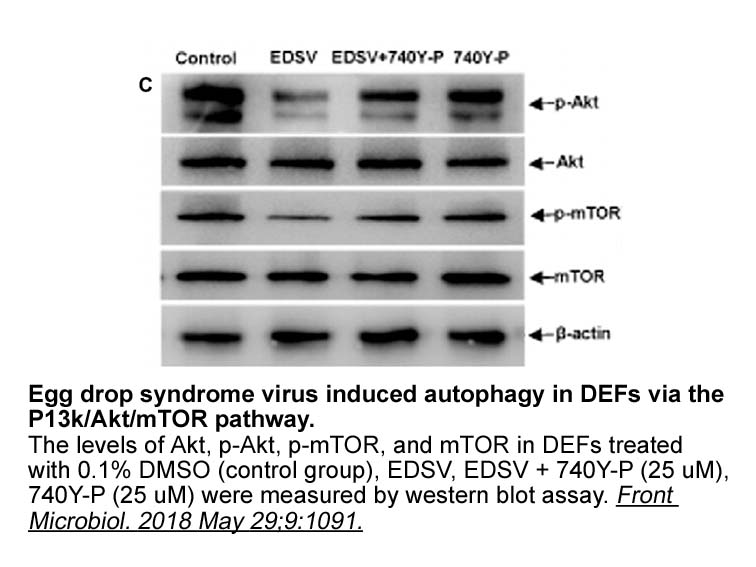
Structure–activity relationships [23], [24], [25], [26], biochemical [24], [25], [26], [27], [28], [29], [30], [31], metabolic [19], [27], [28], [29], [30], [31], and molecular [32] investigations have demonstrated that the substrate specificity, as well as other characteristics of T. gondii adenosi
-
Adenosine A A agonists have been
2023-08-23
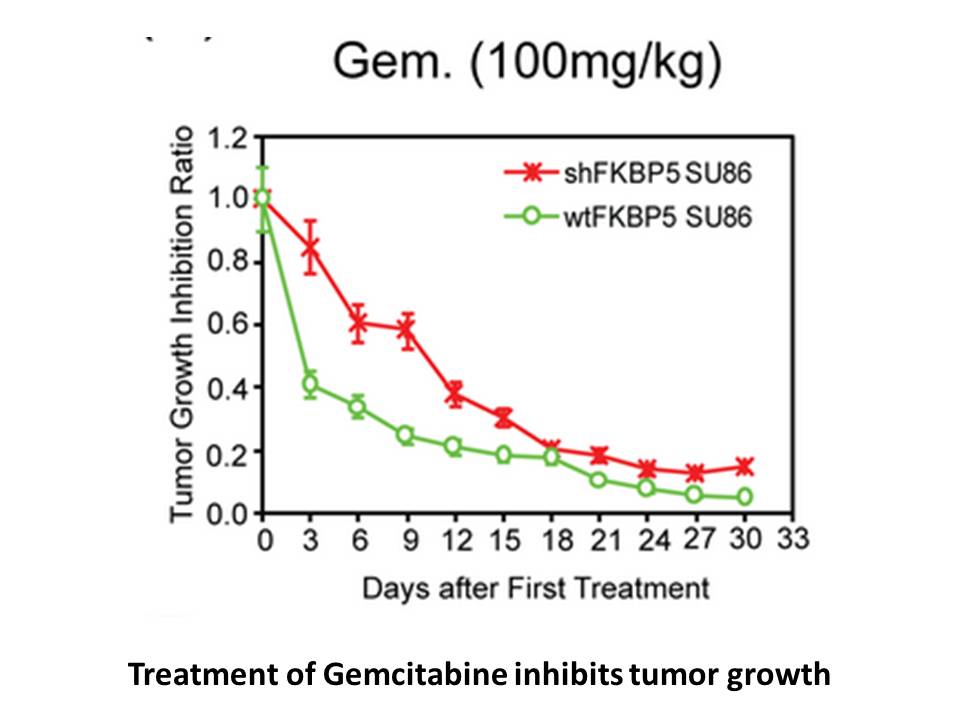
Adenosine A2A agonists have been shown to significantly reduce albuminuria in diabetic mice as well as plasma creatinine [24]. Proteinuria was greater in diabetic A2A knock-out (KO) mice than diabetic wild type (WT) mice [24]. Consistent with these findings, our laboratory initially found that prote
-
br Functional consequences of ADK regulation on neuronal exc
2023-08-23
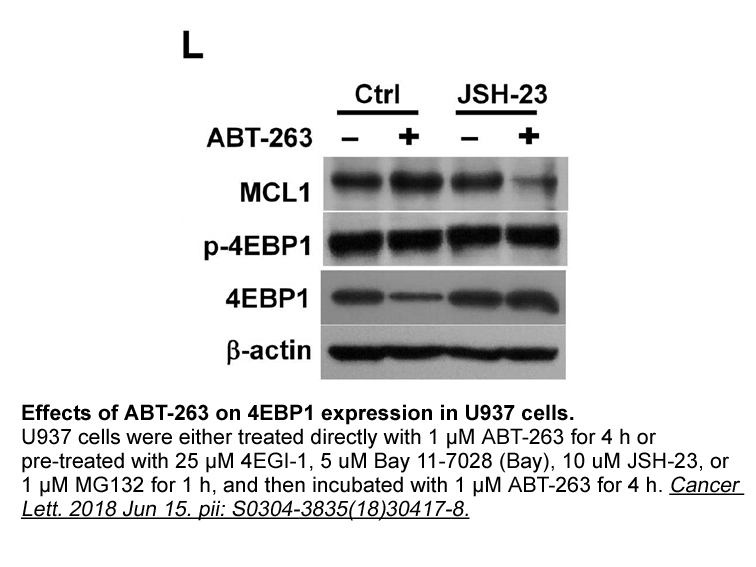
Functional consequences of ADK regulation on neuronal excitability Adenosine modulates neuronal excitability via activation of the high affinity A1 or A2A, low-affinity A2B, or low abundance A3 adenosine receptors that feed into a multitude of different neuronal and astrocytic pathways (Blum et a
-
br Conclusion br Conflicts of interest br Compliance with et
2023-08-23

Conclusion Conflicts of interest Compliance with ethical standards Introduction Tuberculosis is one of the leading causes of morbidity and mortality, amongst infectious diseases. India is a high burden country for Tuberculosis. Caused by Mycobacterium tuberculosis, it p38 pathway can pr
-
Ten strains of lactobacilli TMW isogenic with strain F TMW
2023-08-23
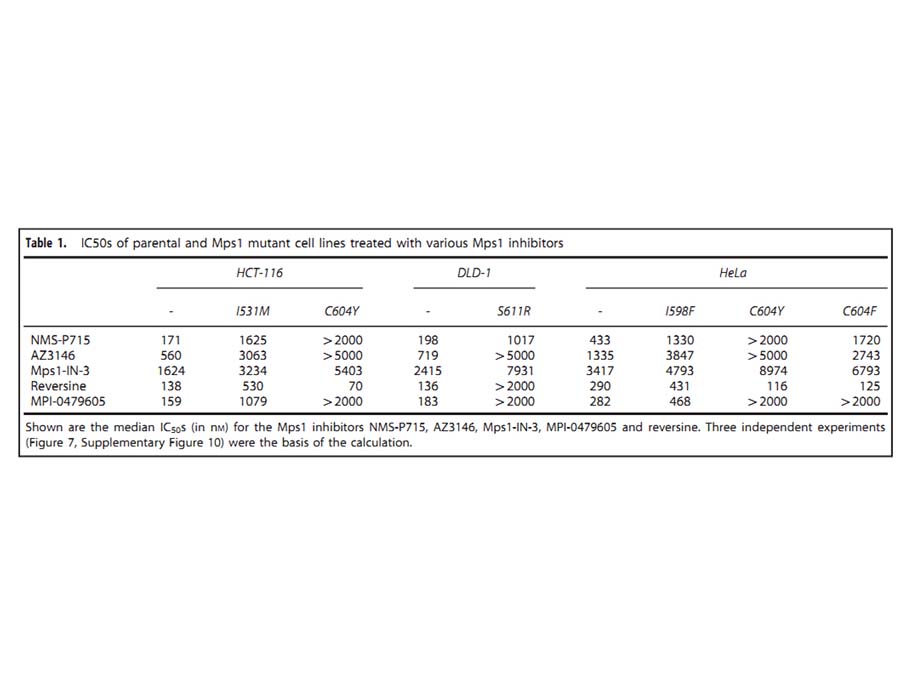
Ten strains of lactobacilli: TMW 1.1434 (isogenic with strain F19 ), TMW 1.1733 (isolated from fermented food), TMW 1.1628 (isolated from baby feces), TMW 1.1609 (isolated from baby feces), TMW 1.1734 (isolated from fermented food), TMW 1.313 (isolated from non-pasteurized Heineken beer), TMW 1.465
-
Another important question concerns the mechanism by which a
2023-08-23
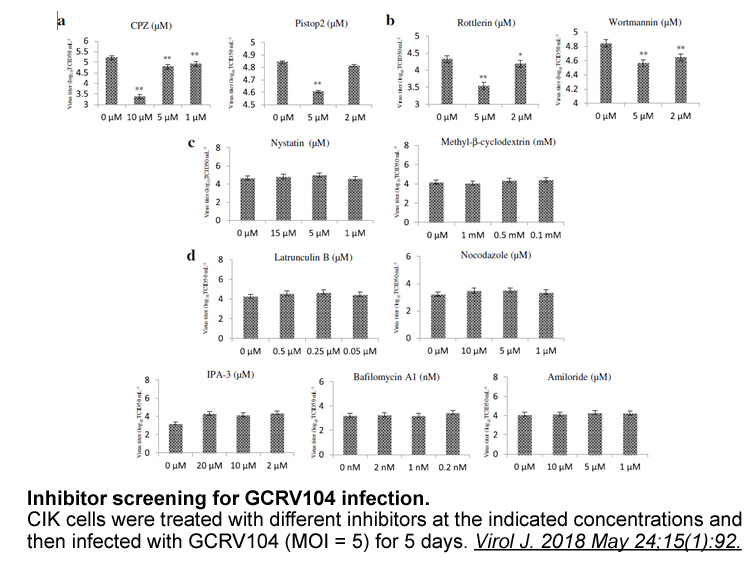
Another important question concerns the mechanism by which a polyubiquitinated substrate is released from the Cdc48 complex and passed on to downstream components, such as the proteasome. There are at least three proposed models. In the first, a ubiquitinated substrate is transferred by ubiquitin-bi
-
By contrast with a plenty of our
2023-08-23
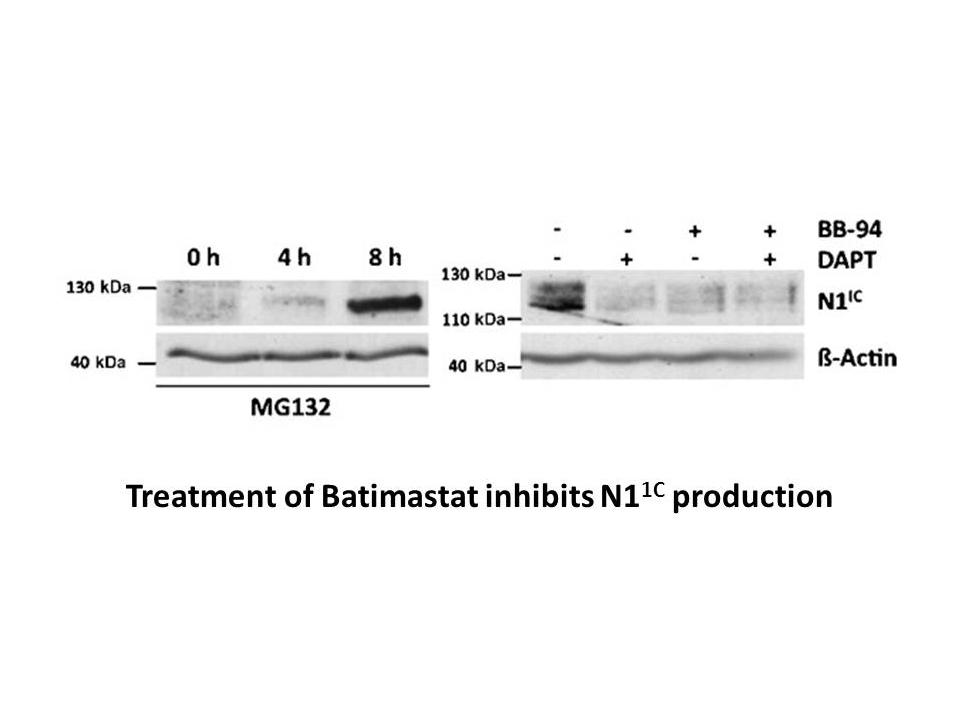
By jw 2 with a plenty of our understanding on arginine metabolism in animals and higher plants, very little thus far is known on the specific function of arginase that acts as a key control point for keeping arginine balance in edible mushrooms and neither for its physiological role in postharvest
-
br STAR Methods br Author Contributions br Acknowledgments
2023-08-23
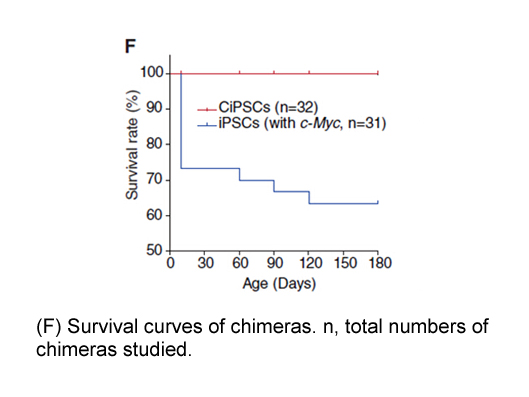
STAR★Methods Author Contributions Acknowledgments We thank Craig D. Wenger and Neva C. Durand for helpful advice, guidance, and discussions. D.H.P. is supported by the NIH National Human Genome Research Institute (NHGRI) (grant R00HG008662) and the Damon Runyon Cancer Research Foundation (D
16380 records 290/1092 page Previous Next First page 上5页 286287288289290 下5页 Last page